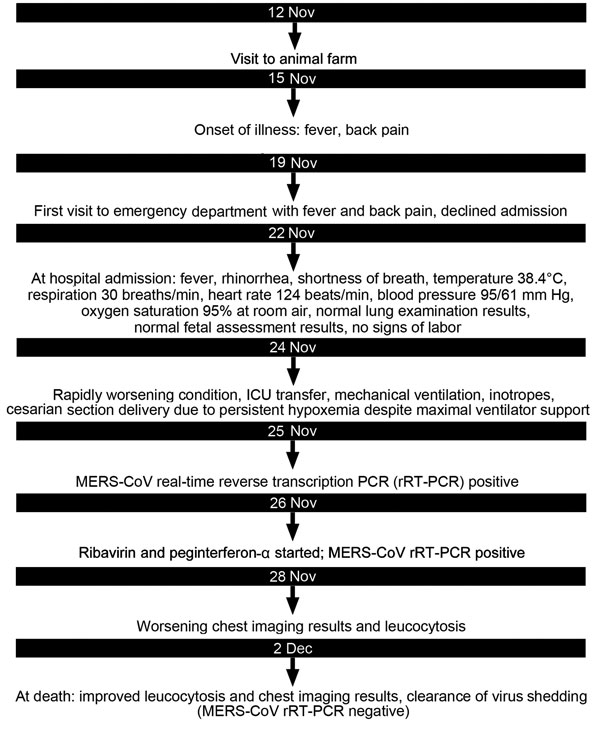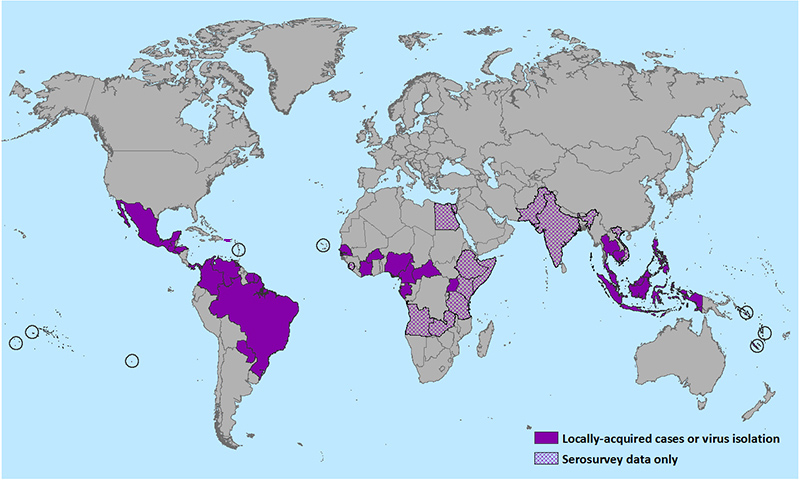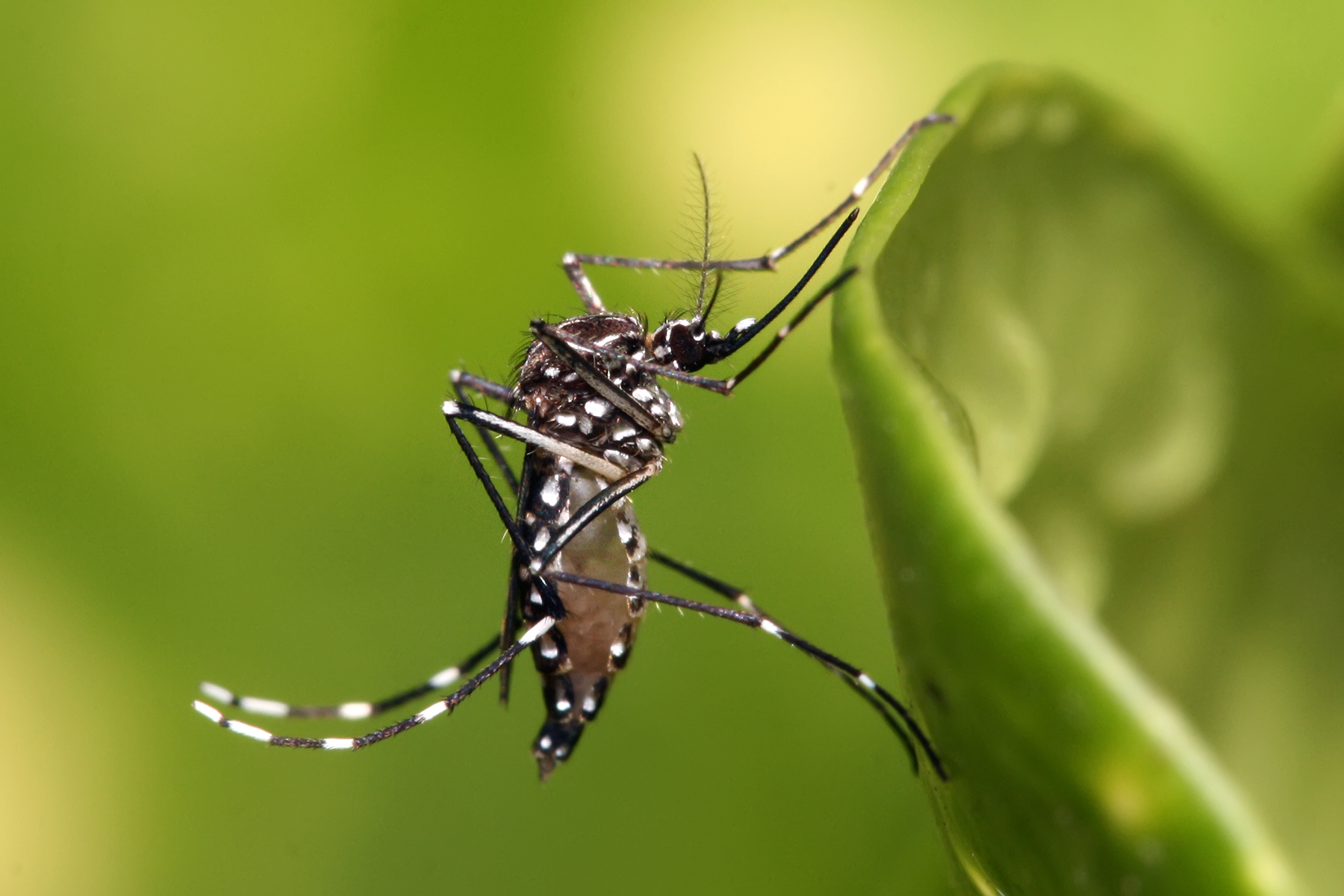Archive for January, 2016
India’s remote northeast region was hit before dawn on Monday by a 6.7M earthquake.
Monday, January 4th, 2016Time
- 2016-01-03 23:05:22 (UTC)
- 2016-01-03 18:05:22 (UTC-05:00) in your timezone
- Times in other timezones
Nearby Cities
- 29km (18mi) W of Imphal, India
- 33km (21mi) NW of Mayang Imphal, India
- 38km (24mi) NNW of Moirang, India
- 42km (26mi) WNW of Thoubal, India
- 352km (219mi) ENE of Dhaka, Bangladesh
The flooding that killed at least 31 people in several states and forced the evacuations of thousands in the Mississippi and Ohio river regions shifts to Arkansas and beyond.
Sunday, January 3rd, 2016CDC: The first case of Zika virus in Puerto Rico
Saturday, January 2nd, 2016What is the current situation?
In December 2015, a locally transmitted case of Zika virus infection was detected in Puerto Rico. This is the first case of Zika virus in Puerto Rico. Local transmission means that mosquitoes in Puerto Rico have been infected with Zika virus, spreading it to humans.
CDC recommends that travelers to affected areas in South America, Central America, the Caribbean, or Mexico protect themselves from mosquito bites(http://wwwnc.cdc.gov/travel/page/avoid-bug-bites). Zika outbreaks have been identified recently in several countries in Central and South America. The outbreak began in Brazil in May. Recently, the Ministry of Health in Brazil has raised concerns about a possible association between the Zika virus outbreak and increased numbers of babies born with birth defects. For this reason, pregnant women should take extra precautions to avoid mosquito bites.
Learn more about Zika.
What can travelers do to prevent Zika virus infection?
There is no vaccine or medicine to prevent Zika virus infection. Travelers can protect themselves by preventing mosquito bites.
- Cover exposed skin by wearing long-sleeved shirts and long pants.
- Use an insect repellent approved by the Environmental Protection Agency as directed.
- Higher percentages of active ingredients provide longer protection. Use products with the following active ingredients:
- DEET (Products containing DEET include Off!, Cutter, Sawyer, and Ultrathon.)
- Picaridin (Also known as KBR 3023, Bayrepel, and icaridin. Products containing picaridin include Cutter Advanced, Skin So Soft Bug Guard Plus, and Autan [outside the United States].)
- Oil of lemon eucalyptus (OLE) or PMD (Products containing OLE include Repel.)
- IR3535 (Products containing IR3535 include Skin So Soft Bug Guard Plus Expedition and SkinSmart.)
- Always follow product directions and reapply as directed:
- If you are also using sunscreen, apply sunscreen first, let it dry, then apply insect repellent.
- Follow package directions when applying repellent on children. Avoid applying repellent to their hands, eyes, or mouth.
- Use permethrin-treated clothing and gear (such as boots, pants, socks, and tents). You can buy pre-treated clothing and gear or treat them yourself.
- Clothing treated with permethrin remains protective after multiple washings. See the product information to find out how long the protection will last.
- If treating items yourself, follow the product instructions carefully.
- Do not use permethrin directly on skin.
- Stay and sleep in screened-in or air-conditioned rooms.
- Use a bed net if the area where you are sleeping is exposed to the outdoors.
If you feel sick and think you may have Zika virus infection:
- Talk to your doctor or nurse if you develop a fever with a rash, joint pain, or red eyes.
- Tell them about your travel.
- For more information about medical care abroad, see Getting Health Care Abroad(/travel/page/getting-health-care-abroad)(http://wwwnc.cdc.gov/travel/page/getting-health-care-abroad) and a list of International Joint Commission-accredited facilities.
- Get lots of rest and drink plenty of liquids.
- Avoid spreading the disease by preventing additional mosquito bites.
Traveler Information
- Avoid Bug Bites(/travel/page/avoid-bug-bites)(http://wwwnc.cdc.gov/travel/page/avoid-bug-bites)-information for travelers
- Insect Repellent Use and Safety
- CDC Zika website
- Zika virus: What you need to know
- Mosquito bite prevention for travelers
Clinician Information
- Zika Virus Outside Africa (EID article)
- Protection against Mosquitoes, Ticks, & Other Insects & Arthropods(/travel/yellowbook/2016/the-pre-travel-consultation/protection-against-mosquitoes-ticks-other-arthropods)(http://wwwnc.cdc.gov/travel/yellowbook/2016/the-pre-travel-consultation/protection-against-mosquitoes-ticks-other-arthropods)
- Zika: Information for Health Care Providers
Health officials in Puerto Rico reported the island’s first case of Zika Virus
Saturday, January 2nd, 2016A fatal case of MERS-CoV in a pregnant female
Saturday, January 2nd, 2016
Malik A, El Masry KM, Ravi M, Sayed F. Middle East respiratory syndrome coronavirus during pregnancy, Abu Dhabi, United Arab Emirates, 2013. Emerg Infect Dis. 2016 Mar [date cited]. http://dx.doi.org/10.3201/eid2203.151049
“…..On November 19, 2013, a 32-year-old woman residing in Abu-Dhabi, United Arab Emirates, sought medical care for fever and back pain of 4 days’ duration. The woman, a school teacher from Jordan, was 32 weeks pregnant; she reported 3 earlier pregnancies (2 live births) and no concurrent conditions. Emergency department (ED) and obstetric physicians suspected urinary tract infection. The patient declined admission but returned to the ED on November 22 with worsening fever, cough, and shortness of breath. She denied recent travel, sick contacts, or animal exposure within the previous 2 weeks. Lung examination results were within normal limits; the patient had no signs of active labor or fetal distress. Chest computed tomography scan revealed bilateral consolidation; pulmonary embolus was not seen.
The patient was admitted to the medical unit with suspected community-acquired pneumonia. Ceftriaxone and azithromycin were initiated. Her condition deteriorated, and on November 23, she was transferred to the intensive care unit (ICU) because of respiratory failure and hypotension. On November 24, acute respiratory distress syndrome developed, requiring respiratory and hemodynamic support. Empiric oseltamivir and vancomycin were added to the treatment regimen. Later that day, the baby was delivered by caesarean section because the patient was persistently hypoxemic while on maximal ventilator support. Transient improvement in oxygenation was noted after the delivery. The newborn, who was noted to be healthy and had Apgar scores of 6 and 8 at 1 and 5 minutes, respectively, had no contact with the mother after birth.
Nasopharyngeal aspirate samples were tested for influenza A(H1N1)pdm09 virus and MERS-CoV by real-time reverse transcription PCR (2), and multiple other laboratory and culture tests were conducted (Table(http://wwwnc.cdc.gov/eid/article/22/3/15-1049-t1)). Most yielded negative results, but on November 25, the regional laboratory reported the MERS-CoV real-time reverse transcription PCR results were positive. Laboratory testing was done by qualitative assay, using the 2012 novel human CoV (human coronavirus–Erasmus Medical Center). The assay, performed according to a previously described method (3), contains reagents and enzyme for specific amplification of the region upstream of the envelope gene in the CoV genome.
On November 26, oral ribavirin (400 mg and 600 mg morning and evening, respectively) and subcutaneous peginterferon-α (180 µg 1×/wk) were initiated. On November 27, ribavirin was increased to 1,200 mg every 8 hours, and meropenem was begun. Septic shock developed in the patient, requiring maximal vasopressors and ventilator support. Despite intensive support, the patient’s condition continued to deteriorate; she died on December 2. Cultures of blood, tracheal aspirate, and urine obtained on the day of death showed no growth; a chest radiograph revealed improvement in pulmonary edema and consolidation.

2 types of non-native mosquitoes (Aedes Aegypti and Aedes Albopictus) that can transmit potentially fatal diseases have spread throughout California.
Saturday, January 2nd, 2016
** “….First found in California in 2013, Aedes Aegypti and Aedes Albopictus have roughly tripled in number around the state during the past several seasons. They’re now found in 82 cities, including Escondido, Los Angeles, Fresno and parts of the Bay Area. At the beginning of this year, the count was 28 cities….”
** “…So far, California has seen no locally acquired cases of disease spread by these mosquitoes, which include dengue fever, yellow fever and Chikungunya……”
A snowstorm engulfed Lebanon on the first day of the new year, cutting off mountain roads, isolating villages and worsening living conditions for tens of thousands of Syrian refugees.
Friday, January 1st, 2016MERS-CoV, 2014: Acute management and long-term survival in 14 patients, including 3 health-care workers in Saudi Arabia
Friday, January 1st, 2016Abstract
BACKGROUND:
Data on the management, clinical course, and outcome of critical patients with Middle East respiratory syndrome coronavirus are scarce. We report here our experience and long-term outcome of such patients.
METHODS:
Subjects intubated for management of ARDS from Middle East respiratory syndrome coronavirus pneumonia and ARDS during the April-May 2014 outbreak were included. Their characteristics, ICU course, management, and outcome were evaluated.
RESULTS:
Fourteen subjects, including 3 health-care workers, met study criteria. Besides 2 health-care workers, all subjects had comorbidities. Predominant symptoms were fever, cough, and dyspnea. The worst median PaO2 /FIO2 ratio of 118 post-intubation was seen on the third day, and median APACHE II score was 27. All subjects received lung-protective ventilation and 1 mg/kg/d methylprednisolone infusion for ARDS. Eleven subjects received ribavirin and peginterferon α-2a. Subjects had a critical ICU course and required neuromuscular blockade (n = 11; 79%), required rescue therapy for respiratory failure (n = 8; 57%), developed shock (n = 10; 71%), and required renal replacement therapy (n = 8; 57%). Declining C-reactive protein levels correlated with clinical improvement despite continued positive real-time polymerase chain reaction results. Nine subjects died in ICU. Five subjects, including 3 health-care workers, were discharged from hospital and were alive after 1 y.
CONCLUSIONS:
Middle East respiratory syndrome coronavirus pneumonia with ARDS has high mortality in subjects with comorbidities. The mainstay of treatment is meticulous ARDS management. Those who survived the acute infection and its complications remained well after 1 y in our study. The role of ribavirin and interferon warrants urgent further evaluation.
Philippines: A man was killed and more than 380 others were injured by firecrackers on New Year’s Eve
Friday, January 1st, 2016** “….Officials said the number of people injured was 53% lower than the previous year, because of rain and a government campaign to warn people of the dangers of firecrackers….”
Munich: Two train stations were evacuated and train service stopped on New Year’s Eve
Friday, January 1st, 2016** “….German media reported Friday morning that Munich police said an unspecified Islamic extremist group is suspected to be behind the plans, which were to attack multiple targets in Munich….”








